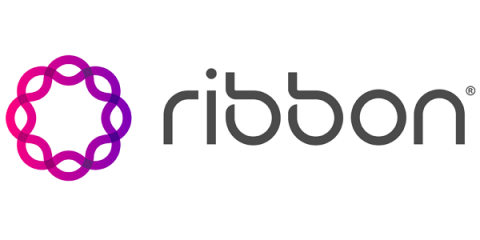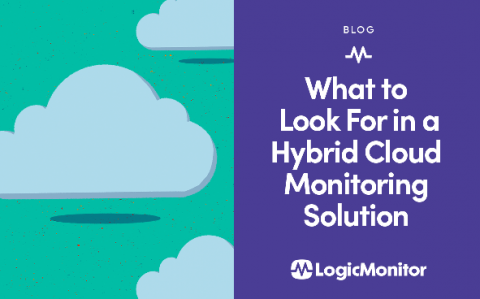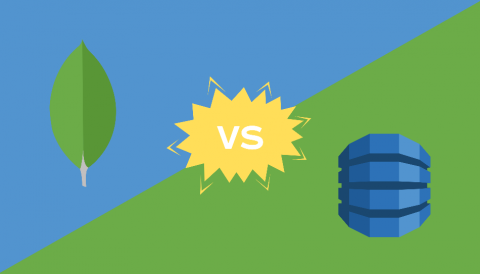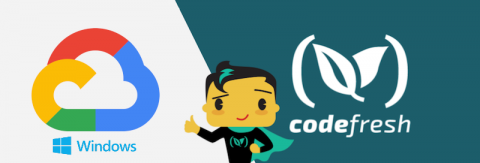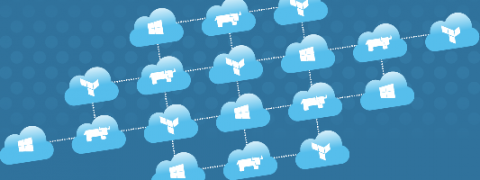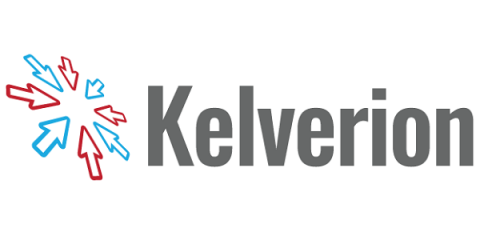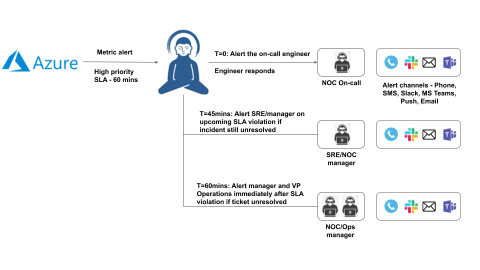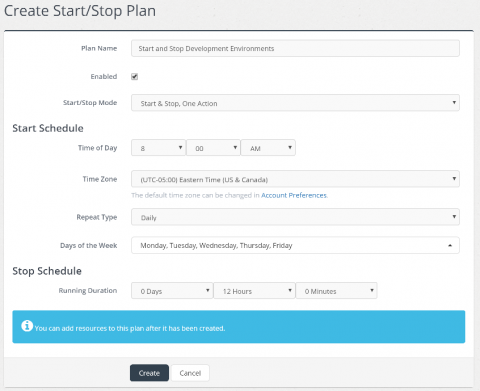Lumigo achieves AWS Lambda Ready designation
We’re excited to announce that Lumigo achieved the coveted AWS Lambda Ready designation as a serverless-first observability platform. Over the years we’ve put a lot of effort into building a product that would help the mainstream adoption of serverless technology by providing developers with the tools they need and it’s truly an honor to have AWS recognize those efforts.




